Depression isn’t just sadness—it’s a complex neurological storm. With 21 million U.S. adults affected annually (NIMH), yet nearly 60% untreated due to access barriers, innovative solutions are critical. This guide explores cutting-edge depression treatments, telehealth breakthroughs, and actionable recovery pathways—proving lasting relief is possible, even from home.
Why Depression Demands Personalized Care
Depression alters brain chemistry, motivation pathways, and nervous system function. Effective treatment requires multi-dimensional strategies:
- 🧠 Neuroplasticity Leverage: Rewiring reward circuits
- 💊 Beyond SSRIs: Genetic testing now personalizes medication choices
- ⚡ The Energy Paradox: Fatigue isn’t laziness—it’s neurological exhaustion
- 🌐 Access Is Treatment: 40% of rural counties lack psychiatric providers (AAMC)
Telehealth Impact: Virtual care reduces no-show rates by 35% for depression patients (JMIR Mental Health).
5 Advanced Depression Treatment Modalities
1. TMS (Transcranial Magnetic Stimulation)
- How it works: Non-invasive magnetic pulses stimulate dormant mood-regulating brain regions
- Evidence: 50-60% remission rates for treatment-resistant depression (FDA-cleared)
- Telehealth Synergy: Remote symptom tracking via apps optimizes outcomes
2. Behavioral Activation Therapy
- How it works: Breaks inertia cycles by scheduling rewarding activities
- Key tactic: “Opposite action” protocol (e.g., exercise when fatigued)
- Virtual Advantage: Therapists guide real-world activity planning via screen sharing
3. Ketamine-Assisted Psychotherapy
- How it works: Low-dose ketamine (IV or nasal) + psychotherapy rapidly repairs neural connections
- Results: 70% respond within 24 hours (vs. 4-6 weeks for SSRIs)
- Safety Note: Requires in-person initiation with telehealth follow-ups
4. Circadian Rhythm Therapy
- Science-backed interventions:
- ☀️ Morning light therapy (resets serotonin/melatonin balance)
- 🕒 Chronotherapy (strategic sleep phase adjustment)
- 🥗 Nutrient timing (protein-rich breakfast stabilizes dopamine)
5. Polyvagal Theory Techniques
- Resets nervous system:
- Vagus nerve stimulation (humming, cold exposure)
- Co-regulation practices (video therapy maintains therapist connection)
- “Safe space” anchoring (uses home environment advantage)
Telehealth: Overcoming Depression’s Treatment Barriers
| Depression Obstacle | Telehealth Solution |
|---|---|
| Low energy/executive dysfunction | No transportation needed |
| Stigma concerns | Private home sessions |
| Geographic isolation | Specialist access anywhere |
| Financial strain | Lower costs vs. in-person |
| Treatment resistance | Faster modality adjustments |
Data Insight: Telehealth depression outcomes equal in-person care for 89% of patients (American Journal of Psychiatry).
Your 4-Week Recovery Acceleration Plan
- Week 1: Map Your Patterns
- Track energy/mood hourly via apps (e.g., Daylio)
- Identify “bright spots” (moments of relief)
- Week 2: Activate Neuroplasticity
- 10-min morning walk + light therapy lamp
- Schedule 1 micro-win daily (e.g., shower, healthy meal)
- Week 3: Initiate Professional Support
- Ask providers: “Do you offer TMS or circadian protocols?”
- Week 4: Build Momentum
- Combine therapy + lifestyle (e.g., vagus nerve exercises during telehealth sessions)
Conclusion: Your Path Through the Darkness
Depression treatment has evolved beyond guesswork. With precision modalities, neuroscience-backed lifestyle strategies, and telehealth accessibility, sustainable recovery is achievable. Remember: seeking help isn’t surrender—it’s strategic rebellion against a treatable condition.
Procare Behavioral & Mental Health Care PLLC specializes in personalized depression treatment through integrated telehealth and cutting-edge interventions—because breakthrough shouldn’t require leaving home.



